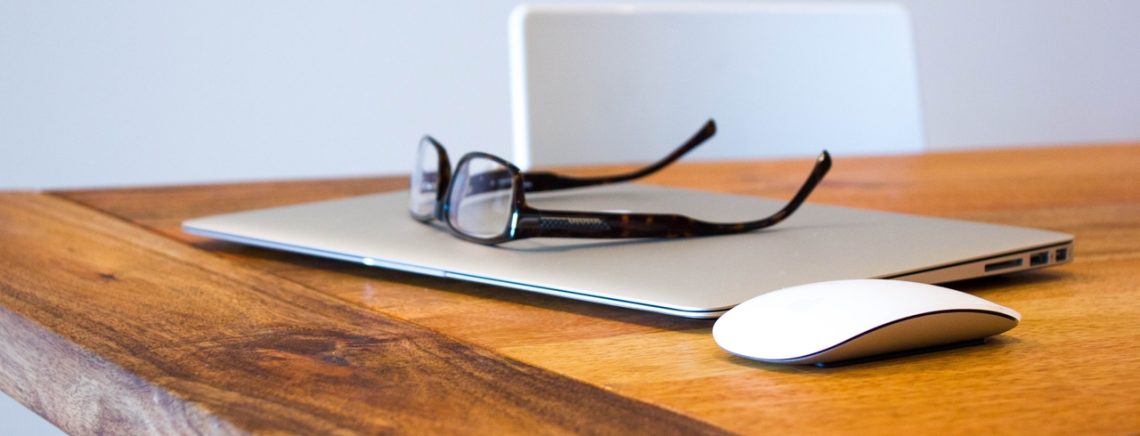For further complimentary advice on the coronavirus from an expert, our advisors are ready to take your call. Call us on 01 886 0350 or request a callback here. Our coronavirus blog also contains the most up-to-date advice for employers and the latest news.
Many employees throughout Ireland are now working from home and may continue to do so beyond May 5th.
For the duration of COVID-19, the Health & Safety Authority is allowing staff to temporarily self-assess their home working environment. If necessary, you, the employer, is still allowed to provide IT equipment such as a keyboard and mouse.
While it’s temporarily up to your employees to make sure their home office meets health & safety standards, we’re going to discuss key considerations of homeworking that you can ensure they adhere to.
Display screen equipment
Display screen equipment is covered by the Safety, Health and Welfare at Work, (General Application) Regulations 2007. Chapter 5 of Part 2 outlines the requirements that must be met.
Under these regulations, it’s usually not sufficient to allow employees to use a software package or other means to assess their own workstations. Instead, it’s your duty to carry out an analysis or risk assessment of an employee’s workstation.
However, as mentioned above, employees are now allowed to arrange their workstation and carry out assessments. If necessary, as an employer, you can provide equipment such as a keyboard and mouse.
What does a comfortable remote working environment look like?
Employees should ensure they maintain good standards of housekeeping and that there is adequate access to the workroom. That includes adequate lighting, removing trailing leads and not using the floor or high shelves for storage.
- Desk and chair
As their employer, encourage remote workers to apply similar furniture and equipment standards to their home office as they do in the office. For instance, a suitable desk and adjustable chair may be needed. These should be ergonomically designed to reduce the risk of musculoskeletal problems.
- Lighting
When it comes to lighting, you may need to provide accessory equipment, such as task lighting to supplement domestic lighting. It’s important to remember that some work or office equipment won’t be suitable for domestic situations where young children are present. In these cases, it may be more appropriate to supply equipment intended for domestic use.
- Laptops
If you provide remote workers with laptops, it’s wise to also provide laptop stands that bring the top of the screen in line with the eye line. A separate keyboard and mouse would also be useful as it will allow employees to establish healthy, ergonomic seating positions.
Instruction and training on how to use software and manage minor equipment failures could also save you time down the line.
Other electrical equipment
When it comes to electrical equipment, it would be beyond reasonable accommodation to be responsible for the whole domestic electrical system at your employees’ homes.
Nevertheless, if you do have concerns about electrical safety or the availability of sockets (leading to trailing leads or over-use of extension leads), you’ll need to agree with the employee how these hazards will be controlled.
Employee health
Working from home means breaking routine and regular schedule. Most people are used to commuting to and from work on a daily basis, but that’s all changed. As a result, you need to encourage remote workers to develop new, healthy routines. Ensure they take appropriate breaks and finish on time as usual.
Regarding exercise, it’s vital that employees continue as normal as it will benefit them both physically and mentally.
Final tip
One final takeaway is the importance of communication. It’s more important now than ever that your employees stay in regular contact with each other. Encourage them to hold video calls or stay in touch via email. Doing so will aid employee mental wellbeing.




